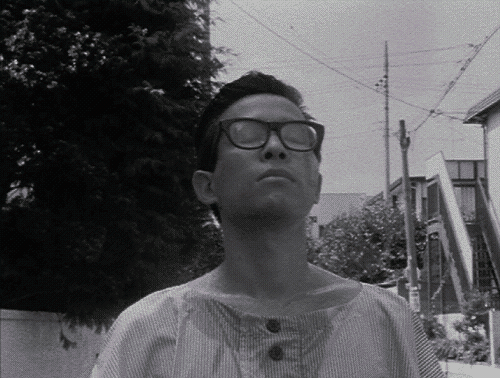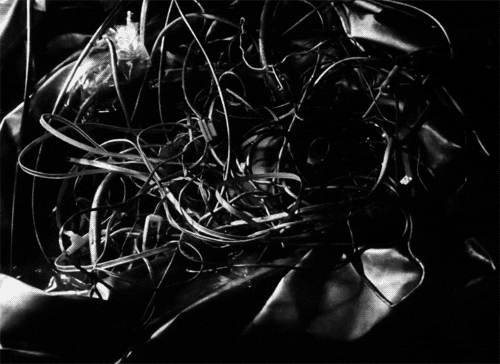No more cause of karmic act, Remembered or not, Than consequence, dependently arisen. ... Self, empirical awareness Of cause And effect.
Vangelis (Evangelos Odysseas Papathanassiou)
Xergiok’s Two-Steps To Empowerment…
Far, far above, Time standing still, Memories are One, Same space, same will. Now move along, Light speed divides, Rips all from One It blows my eye-holes and fills me with real POW-ER, fills me with real power, power power power power Power...
Cosmic Comic
Simultaneously,
Temporally Terrestrial,
Cosmic Constant.
As the wheel…
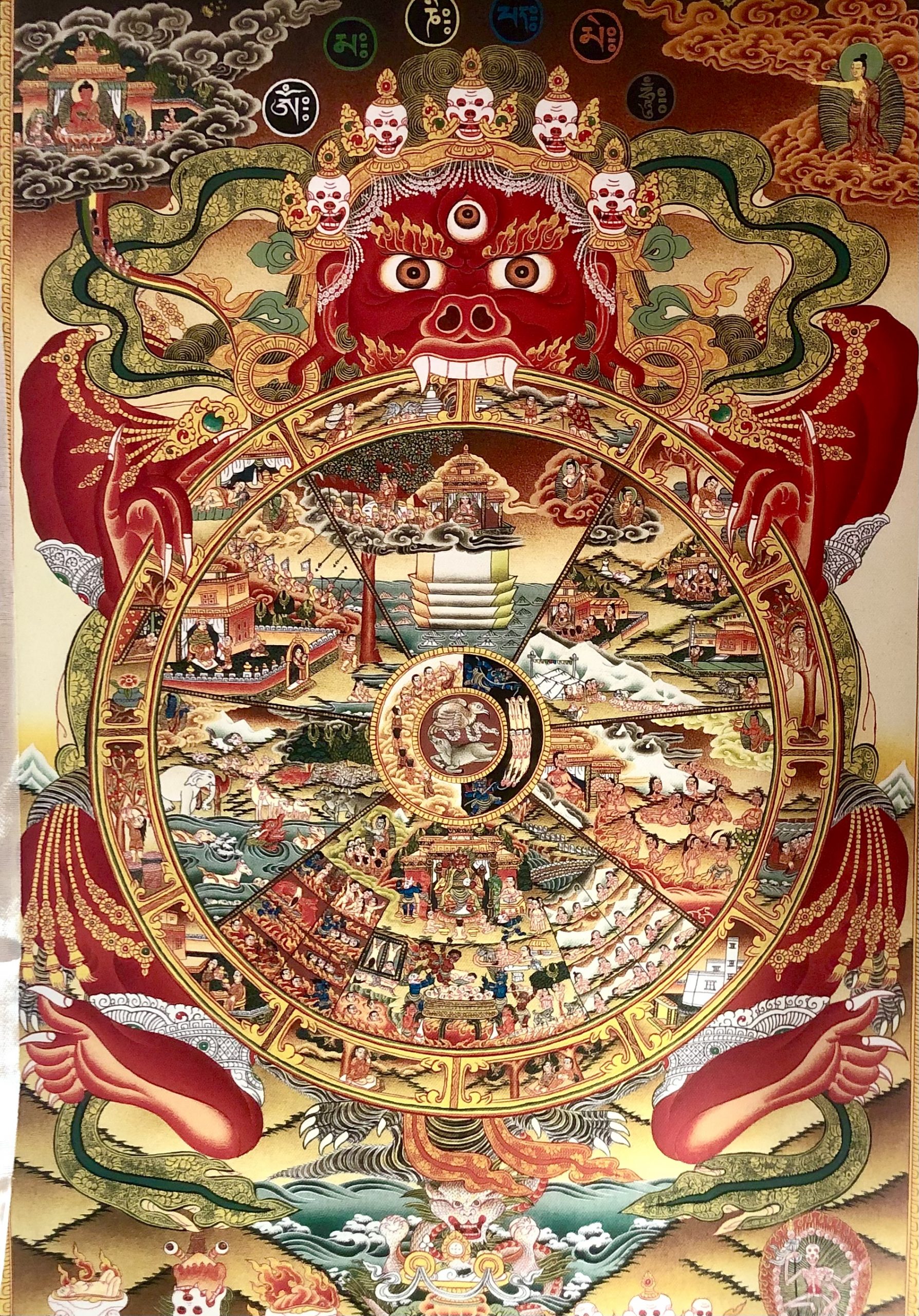
Intent on benefit of all,
So all begins,
So all ends.
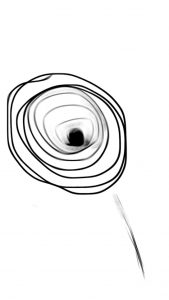
Atmanam Viddhi, Know Thyself, Whom and where, Thy Guru and follow.
Uposatha
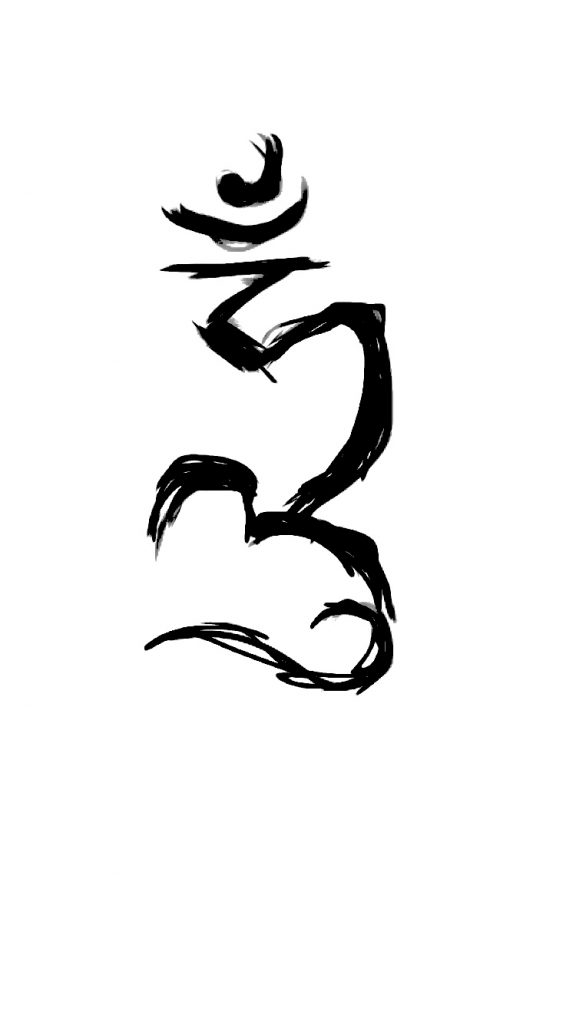
On every seventh
take sabbatical of thy own.
Of every being
act as if guest in their home.
In Thee, Our Various Mortal Life Is Found,

O Fortuna Velut luna Statu variabilis Semper crescis Aut decrescis Vita detestabilis Nunc obdurat Et tunc curat Ludo mentis aciem, Egestatem, Potestatem Dissolvit ut glaciem. Sors immanis Et inanis, Rota tu volubilis Status malus Vana salus Semper dissolubilis Obumbrata Et velata Michi quoque niteris Nunc per ludum Dorsum nudum Fero tui sceleris. Sors salutis Et virtutis Michi nunc contraria, Est affectus Et defectus Semper in angaria. Hac in hora Sine mora Corde pulsum tangite Quod per sortem Sternit fortem Mecum omnes plangite.
O Fortune, like the moon you are changeable, ever waxing and waning; hateful life first oppresses and then soothes as fancy takes it; poverty, power, it melts them like ice. Fate, savage and empty, you are a turning wheel, your position malevolent, vain health always dissolves, shadowed and veiled you plague me too; now through the game my naked back I bring to your villainy. Fate, in health and in virtue, is now against me, affection and defeat always enslaved. So at this hour without delay pluck the vibrating string; since Fate strikes down the strong, everyone weep with me
Dolores

Only fully realized
in final passing.
All sentient beings
have something to teach.
The longer a part of one’s life
the more revelatory the lesson,
if we but listen.
Give Them A Song
Your Future Is Metal
